|
|
||
|
||
|
Privacy Policy | Editorial Policy | Profit Policy | Join the Association | List of Members | Contact us | Index | Links |
||
|
Back Go to page: 1 2 3 4 5 6 7 8 9 10 11 12 13 14 15 16 17 18 19 20 Forward
|
||
|
|
||
|
Remembrance Day.
(You can click a lot of these pics for a bigger/better copy which you can print/download.)
At 11 am on the 11th November 1918, the guns of the Western Front
fell silent after more than four years continuous warfare. The
allied armies had driven the German invaders back, having inflicted
heavy defeats upon them over the preceding four months. In
The 11th hour of the 11th day of the 11th month attained a special significance in the post-war years. The moment when hostilities ceased on the Western Front became universally associated with the remembrance of those who had died in the war. This first modern world conflict had brought about the mobilisation of over 70 million people and left between 9 and 13 million dead, perhaps as many as one-third of them with no known grave. The allied nations chose this day and time for the commemoration of their war dead.
On the first anniversary of the armistice in 1919 two minutes' silence was instituted as part of the main commemorative ceremony at the new Cenotaph in London. The silence was proposed by Australian journalist Edward Honey, who was working in Fleet Street. At about the same time, a South African statesman made a similar proposal to the British Cabinet, which endorsed it. King George V personally requested all the people of the British Empire to suspend normal activities for two minutes on the hour of the armistice "which stayed the worldwide carnage of the four preceding years and marked the victory of Right and Freedom". The two minutes' silence was popularly adopted and it became a central feature of commemorations on what was called back then “Armistice Day”.
On the second anniversary of the armistice in 1920 the commemoration was given added significance when it became a funeral, with the return of the remains of an unknown soldier from the battlefields of the Western Front. Unknown soldiers were interred with full military honours in Westminster Abbey in London and at the Arc de Triumph in Paris. The entombment in London attracted over one million people within a week to pay their respects at the unknown soldier's tomb. Most other allied nations adopted the tradition of entombing unknown soldiers over the following decade.
After the end of the Second World War, the Australian and British governments changed the name to Remembrance Day. Armistice Day was no longer an appropriate title for a day which would commemorate all war dead.
In Australia on the 75th anniversary of the armistice in 1993, Remembrance Day ceremonies again became the focus of national attention. The remains of an unknown Australian soldier, exhumed from a First World War military cemetery in France, were ceremonially entombed in the Memorial's Hall of Memory. Remembrance Day ceremonies were conducted simultaneously in towns and cities all over the country, culminating at the moment of burial at 11 am and coinciding with the traditional two minutes' silence. This ceremony, which touched a chord across the Australian nation, re-established Remembrance Day as a significant day of commemoration.
Four years later, in 1997, the then Governor-General Sir William Deane issued a proclamation formally declaring 11 November to be Remembrance Day, urging all Australians to observe one minute's silence at 11 am on 11 November each year to remember those who died or suffered for Australia's cause in all wars and armed conflicts.
On the 11 November 2015, most schools, colleges, hotels, clubs and radio/TV stations observed the 1 minute’s silence. People also gathered at memorials throughout the length and breadth of Australia to observe the minute’s silence, to lay wreaths and to remember the sacrifice of those that had died or suffered in all wars and conflicts. Kedron Wavell RSL Sub Branch was no exception.
|
||
|
People began to gather at the Kedron Wavell Services Club in the northern Brisbane suburb of Chermside early in the morning for the 10.30am start of the ceremony. The MC for the day was Major Phil Lilliebridge (Ret’d), the Sub-Branch’s senior Vice President and its Welfare/Ceremonial Officer.
Philip Lilliebridge was born in Gunnedah NSW and following schooling in NSW and his early working years in the Commonwealth Bank, he enlisted in the Royal Australian Armoured Corps as a Trooper/ Driver/ Signaller. Following his commissioning he served in various Regimental and Staff positions throughout Australia, deploying on Operation Bel Isi to Bougainville in 2001 and Operation Catalyst with Australian Army Training Team-Iraq in 2006. He completed his military career serving with 2nd/14th Light Horse Regiment (Queensland Mounted Infantry) in late 2011.
He now volunteers with Kedron Wavell Services Club, Kedron Wavell Sub Branch RSL, Brisbane Legacy, Department of Veteran Affairs and other Ex-Service Organisations in the South East Queensland area.
Phil thanked everyone for making the effort to attend the ceremony and reminded all that although it was now 97 years since the guns on the Western Front had been silenced, unfortunately man has not learnt a lot as conflicts continue to rage in parts of the world and our nation’s youth are still being exposed to terrible dangers. Today, he said, is a day to give thanks to all those young men and women who, in our name, have made the ultimate sacrifice so that we can enjoy our wonderful peaceful existence.
|
||
|
The 2nd/14th Light Horse Regiment formed the Catafalque Party. The 2nd/14th, in which Phil served and which is a regiment of the Australian Army, forms part of the Royal Australian Armoured Corps and traces its lineage back to 1860. There is a claim that it is the oldest Australian Regular Army unit through the antecedent units 2nd Moreton Light Horse (QMI) and the 14th West Moreton Light Horse (QMI) and it celebrated its 150th anniversary in 2010. Today it is equipped with ASLAV vehicles used in the armoured reconnaissance role. The regiment is assigned to 7th Brigade based at Gallipoli Barracks in Brisbane.
|
||
|
Also on Parade were to two members of the Queensland Mounted Infantry Historical Troop, mounted on their magnificent horses.
|
||
|
The QMI was formed on the 27th February 1860 when the first Governor of Queensland, Sir George Ferguson Bowen proclaimed and approved the Rules and Regulations of the Brisbane Mounted Rifles. In 1864 the unit was renamed the Queensland Light Horse. Under the 'Defence Act of 1884' there was a reorganisation and the unit name changed in 1885 to Moreton Mounted Infantry. They were called on to maintain the peace during the shearers’ strike in 1891 then in July 1899, the then Premier of Qld, James Robert Dickson, offered troops to help the mother country in its fight against the Boers in South Africa. This was the first offer of assistance made by any of the Australia Colonies.
In October 1899, the QMI marched through the streets of Brisbane
before departing for the war in South Africa. Two of these men,
Privates Victor Stanley Jones and David Cumming McLeod were the
first Australian soldiers to die in battle.
In 1901 with the advent of Federation, all State forces were amalgamated to form the Commonwealth Military Forces and the QMI were called the “Light Horse”. Since 1901, they have been involved in many conflicts and in 1917 they played an important role in what has been commonly referred to as the last great cavalry charge in history when they charged the town of Beersheba in Turkey.
In 1948 they were equipped with Staghound armoured cars and later with Saracen armoured cars. In December it once again became a Regiment and was named the 2nd/14th Light Horse and today operates the ASLAV vehicle out of Galippoli Barracks,
|
||
|
Spotted in the crowd, John Boughton and John “Sambo” Sambrooks.
|
||
|
Guest speaker on the day was Lieutenant Commander (Sqn Ldr in the old money) Craig Flynn from the Australian Navy. Craig is a Brisbane old-boy and joined the Navy as a Midshipman (Officer Cadet) at the Defence Academy, majoring in Business and Management. In 1999, after completion of his Academy courses, he was posted to HMAS Watson, on Sydney's South Head for a Seamanship Officer's Course after which he served time on HMA Ships ANZAC, Tarakan and Bendigo and was awarded his primary bridge watch keeping badge in 2001.
He was then promoted to Sub-Lieutenant (F/O) and it was back to HMAS ANZAC as its Electronic Warfare Officer and in 2002 was awarded the Peter Mitchell Prize as the most outstanding officer within the Fleet - an outstanding achievement.
On completion of his posting to ANZAC, he was promoted to Lieutenant (FltLt) in 2002 and joined HMAS Wewak as its Executive Officer (XO) where he was involved in several operations in Bougainville and the Solomon Is. He returned to HMAS WATSON in 2005 to complete a Nav course after which he was posted to HMA Ships MELVILLE then LEEUWIN as their Navigating Officer.
In December 2006 it was back to HMAS WEWAK, this time as its Commanding Officer and in 2007 the ship and crew were involved in "Operation PNG Assist" following the heavy flooding caused by Cyclone Guba. He was promoted to Lieutenant Commander in January 2009 before assuming the duties as a Staff Officer within the Domestic and Regional Operations branch in Headquarters Joint Operational Command.
In Jan 2011 he was posted to the Fleet Battle Staff as the Royal Australian Navy Liaison Officer to the Headquarters First Division where he was awarded a Commander Deployable Joint Force Headquarters commendation for his work in the development of the new Amphibious force.
In Jan 2015 he was appointed to Navy HQ South Queensland as its XO, a position he holds today.
|
||
|
At 1050, MC Phil Lilliebridge asked those that wished to lay a wreath in honour of the departed to so do.
David Izatt, the Sub-Branche’s Treasurer laid a Wreath on behalf of the Club. David served in Vietnam with the 3rd Cavalry Regiment from Oct 1968 to June 1969 where he earned a Mention in Dispatches.
|
||
|
David, a National Serviceman, commenced his military service in July
1967 and was allotted to the Royal Australian Armoured Corps. He
joined A Squadron, 3rd Calvary Regiment in
Corporal Izatt reacted immediately and organised his own crew and the attached engineer element to secure the area from possible enemy action and to check it for any further mines. He then calmly organised assistance to the wounded and their evacuation by air. All these events took place in a very rapid space of time. With this completed he then proceeded to organise the recovery of the damaged carrier.
Corporal Izatt, by his presence of mind, reacted immediately to master a confusing situation. Despite his inexperience, his was an above average performance under adverse conditions and his personal conduct set an example to all.
After the Wreath Laying ceremony and at 11.00am, the MC asked all to be upstanding and to observe the minutes’ silence, after which the Mount Alvernia College Girl’s Choir sang the Australian National Anthem.
|
||
|
|
||
|
|
||
|
After the ceremony, everyone enjoyed some refreshments in the Club’s rooms. |
||
|
|
||
|
John Sambrooks, Val Dagnall, Mavis Obst, John Broughton.
|
||
|
Val joined the RAF in 1964 as an inflight steward on their Britannia aircraft and sometime after she retired from the RAF in 1967, she decided that the good old UK was a bit too cold and damp so she did the smart thing and moved out to Qld. Mavis joined the RAAF in 1944 and during WW2 served as a Teleg with Fighter Section in the long gone WD & HO Wills building in Brisbane.
|
||
|
|
||
|
Elaine Johnson (left) and Patricia Smith with the W.D. & H.O. Wills building in the background. RAAF 8 Fighter Sector Headquarters was located on the 3rd Floor of this building.
|
||
|
|
||
|
||
|
|
||
Officer: "Soldier, do you have change for 20 dollars?" Soldier: "Sure, mate." Officer: "That's no way to address an officer! Now let's try it again! Do you have change for 20 dollars?" Soldier: "No, SIR!"
|
||
|
Caboolture Historical Village. Aviation Museum.
As you head north on the Bruce Highway from Brisbane towards the
Sunshine Coast, you pass by the township of
Caboolture. Years ago you used to go through Caboolture but the
inevitable happened and it was bypassed by a multi-lane highway and
as is usually the case, once bypassed, it languished for quite a
while - but now it's booming. Caboolture is about half way between
Brisbane and Caloundra on the Sunshine Coast, is accessed b
Back in 1979, the Caboolture Historical Society had a dream to preserve the local heritage and on a 4 hectare site just north of the town, on the old Bruce Highway, they relocated the disused Shire Council Chambers' building and in so doing, began the Caboolture Historical Village which is now the number one tourist destination in the region. Today the village has over 70 buildings, one of which is the Aviation Museum which was the brain-child of Sqn Ldr Russell Walker MBE (Retired). Russell has worked on the project for years and as the F-111's were being retired, he began negotiations with the RAAF with the aim of obtaining an airframe for the Museum's display. The going wasn't easy. He says:
"As a result of the decommissioning of the RAAF's F-111 Fleet, the Australian Government invited offers from suitable historic and aviation oriented organisations to provide static displays for up to seven complete aircraft and four flight control (crew) modules. Three members representing the Caboolture Historical Village (CHV) attended a presentation on Tuesday 13th December 2011 at RAAF Base Amberley where a joint RAAF and Australian Government team described the terms and conditions under which the decommissioned aircraft and crew modules may be loaned to organisations that could satisfy the loan requirements.
In summary, the Request for Offer requirements were quite stringent. A complete aircraft would require a purpose built display facility, essentially a hangar and a crew module would require a dedicated and secure display area. The loan conditions also imposed a number of restrictive requirements in terms of maintenance, insurance and visitor access. The initial and ongoing costs of mounting a display whether for a complete aircraft or a crew module would be considerable.
One wonders why the RAAF thought it preferable to dump 23 airframes in a hole out near Ipswich instead of loaning them to museums or historical organisations for people to see. As Ipswich Councillor Paul Tully said "If there had been some serious community consultation then I think more communities would have put their hands up for them. To be unceremoniously dumped in a rubbish tip is not a fitting end for something that has served Australia from the 1960s on. The F-111 was known to generations."
In summarising their findings from the presentation the CHV team reasoned that an aviation display commemorating the F-111 would enhance the CHV and would be a worthwhile project, particularly for school children who were the major visitors to village. However, the team concluded that it would be difficult for the CHV to meet the costs associated with loan requirements, particularly a hangar. Therefore an alternate proposal was developed which could provide CHV with a commemorative F-111 display at a modest outlay and with minimal maintenance costs. The alternate proposal, which centres on building models of the aircraft and a dummy but realistic crew module, focuses on children having hands-on access to the crew module, something that was restricted should a genuine crew module be acquired.
Group Captain David Richardson represented the
RAAF at the briefing. He is responsible
The centre point of the display would be a dummy crew module constructed from timber, foam and fibre glass to represent an actual crew module. There are many drawings and scale models of F-111 aircraft which could be used to scale up and develop the module. It would be constructed using standard modelling techniques by firstly preparing formers and linking these with stringers which fix each former in its respective place. Internal bracing would be installed to provide mounting points for seating and other cockpit features. The completed frame would then be covered with foam sheeting and fibreglass. The front radar dome would be similarly constructed. Windscreens would be Perspex sheet. Dummy cockpit hoods would likely be inoperative but also made from Perspex. The module would be painted in camouflage colours to match an Australian use aircraft.
The module would be mounted on a trolley that would allow it to be moved as required but with locking wheels to fix it safely in position. Access to the module would be via step ramps. To facilitate visitor entry, the module may need non standard access doors. On the real aircraft the pilot steps over the cockpit rim to enter the aircraft, an action which may be unsuitable for visitor access, particularly children.
Russell Walker with the completed F111 module replica.
The key feature of the module would be to allow access to the cockpit and the flying controls. One of the loan requirements prevents unfettered visitor access to any loan module. This would be a major disincentive to CHV operation. To make the module
experience more credible, a commercially available, model aeroplane
computer controlled flight simulation system was integrated into the
module with a televisio Other displays now available in the museum are:
The Aviation Museum is now open and if you're up that way the Historical Village and the museum are definitely worth a visit. As soon as walk through the visitors centre you step out into a Village of yesteryear. The street with the old post office, barber, hotel, butcher and general store will bring back memories for many.
The Old General Store contains many items that would be familiar to most of us, but which are not available today.
There is much more including an exhibition from the Queensland Prison’s Museum, the old Caboolture Hospital, several cottages that were moved from various sites around Caboolture, the old Caboolture Railway Station, and a popular exhibit with models of ships from the First Fleet to arrive in Sydney in 1788 in the Maritime Museum.
Radio bods will be especially interested in the old radio hut which includes old valve sets, many of which were in use when most of us were kids.
Entry costs are:
Adults = $15.00. Concession = $9.90. Children (5 to 12) = $5.00. Kids under 5 = Free.
The Village encourages you to bring your own picnic lunch and sit around on the lawns or at one of their picnic tables or if you prefer, you can buy tea, coffee, soft drinks, morning or afternoon tea or a full lunch at either the Redhall Cafe or the Boiling Billy Tea Rooms.
If you've got grandkids (or young kids) they will love it, as will you showing them the way things used to be.
|
||
|
Airborne approximately thirty minutes on an outbound evening flight from Darwin to Brisbane, the lead flight attendant for the Virgin cabin crew nervously made the following painful announcement. "Ladies and gentlemen, I'm so very sorry, but it appears that there has been a terrible mix-up just minutes prior to takeoff by our airport catering service. I don't know how this has happened, but we have 103 passengers on board and, unfortunately, only 40 dinner meals were delivered to the plane. I truly apologise for this mistake and inconvenience." When the passengers' mutterings had died down, she continued… "Anyone who would be kind enough to give up their meal so that someone else can eat will receive free, unlimited drinks for the duration of our flight." Her next announcement came 90 minutes later. "If anyone would like to change their minds, we still have the 40 dinners available!"
|
||
|
|
||
|
|
||
|
Back Go to page: 1 2 3 4 5 6 7 8 9 10 11 12 13 14 15 16 17 18 19 20 Forward |
||
|
|

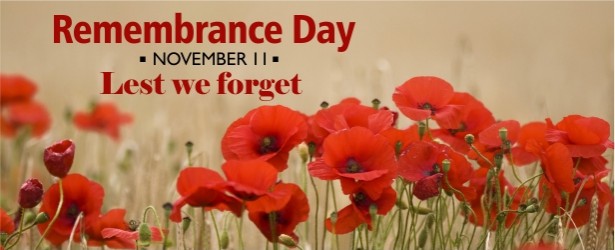 November the Germans called for an armistice (suspension of
fighting) in order to secure a peace settlement. They accepted
allied terms that amounted to unconditional surrender.
November the Germans called for an armistice (suspension of
fighting) in order to secure a peace settlement. They accepted
allied terms that amounted to unconditional surrender.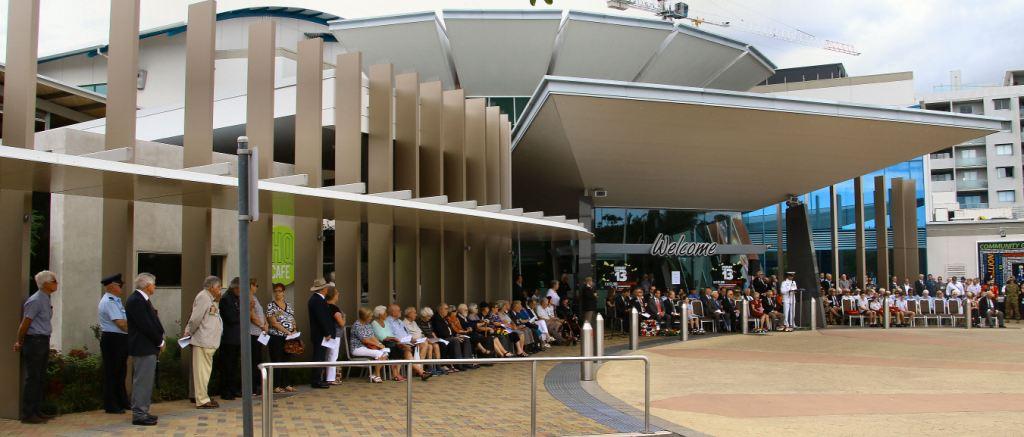
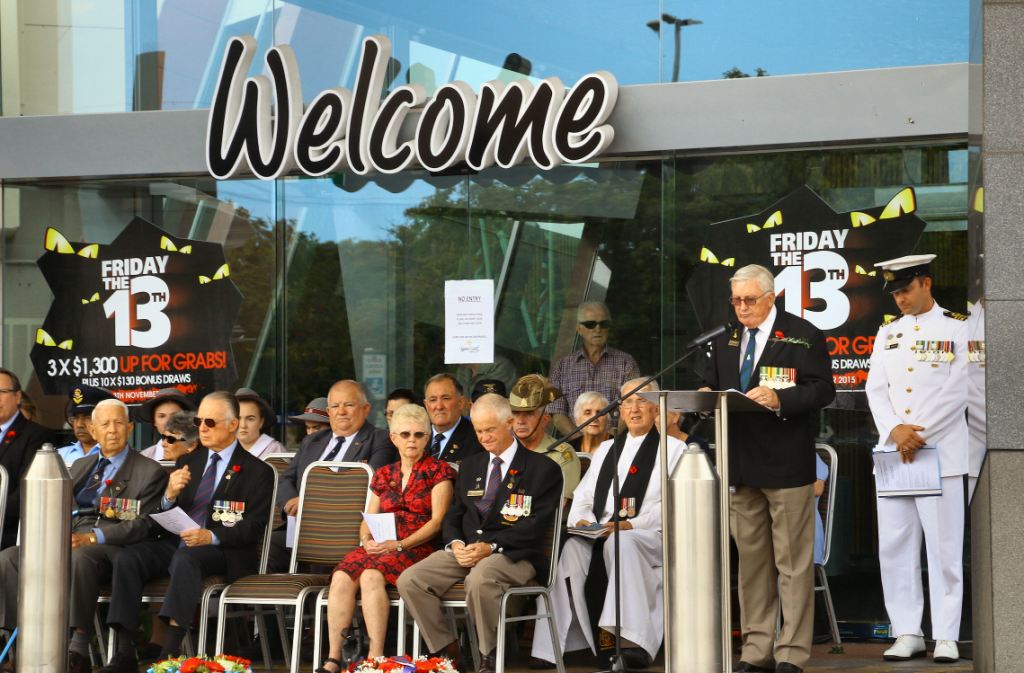
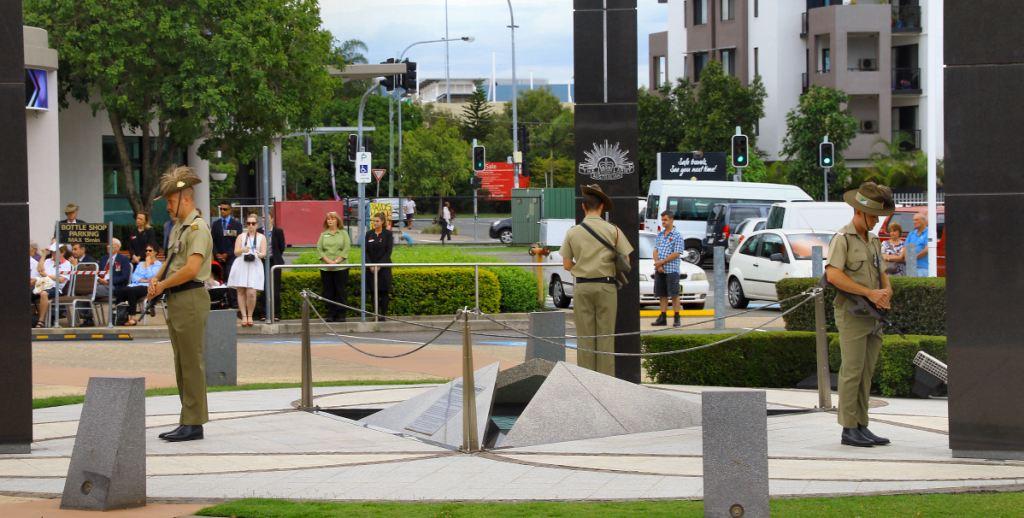
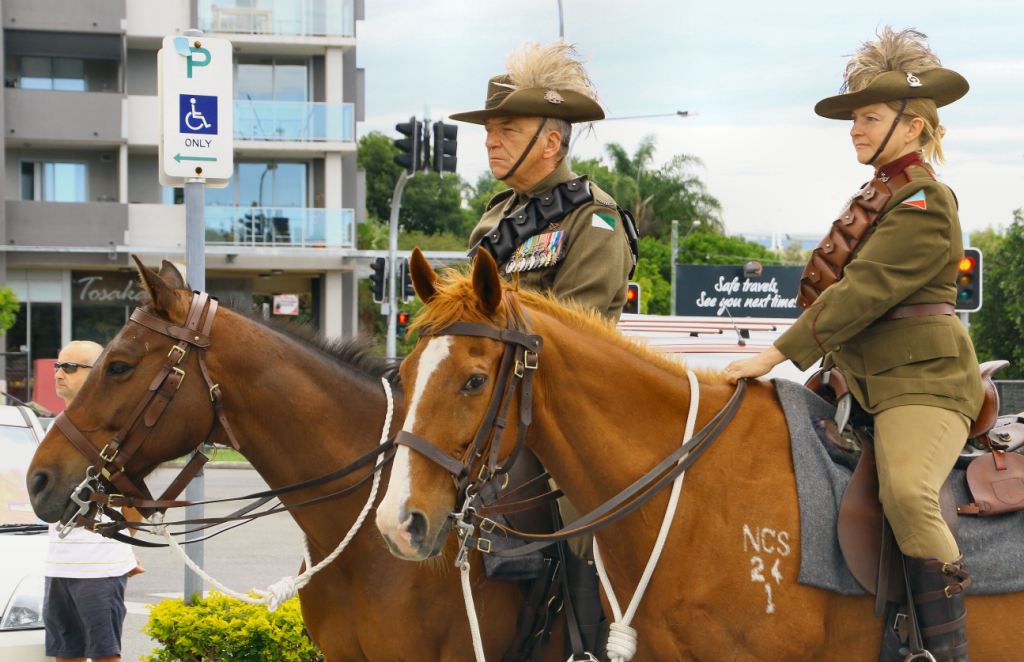
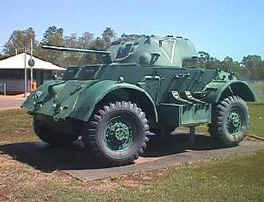
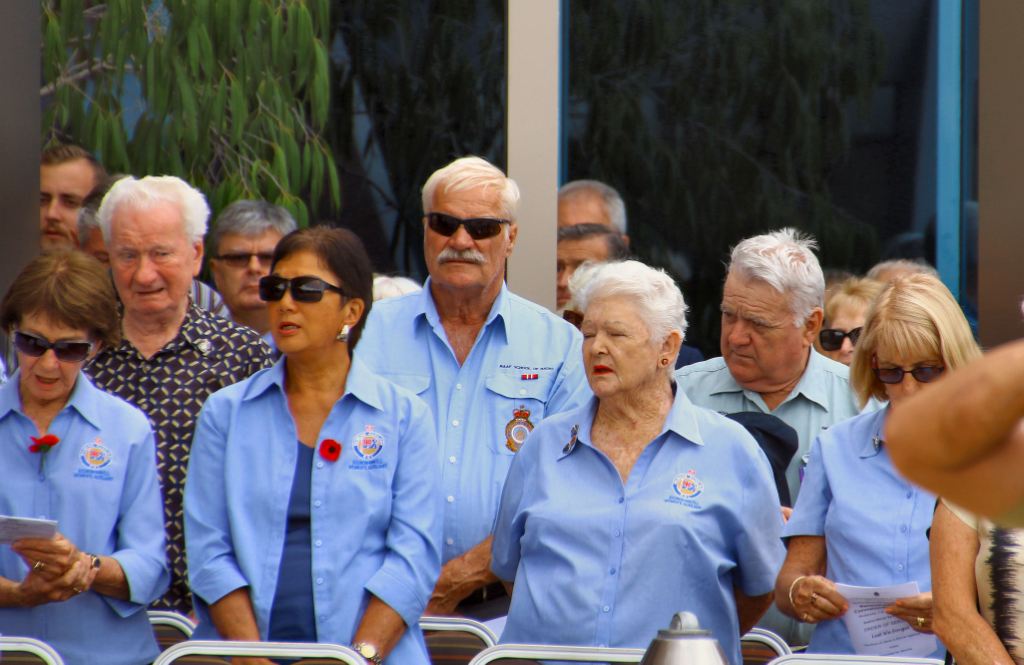
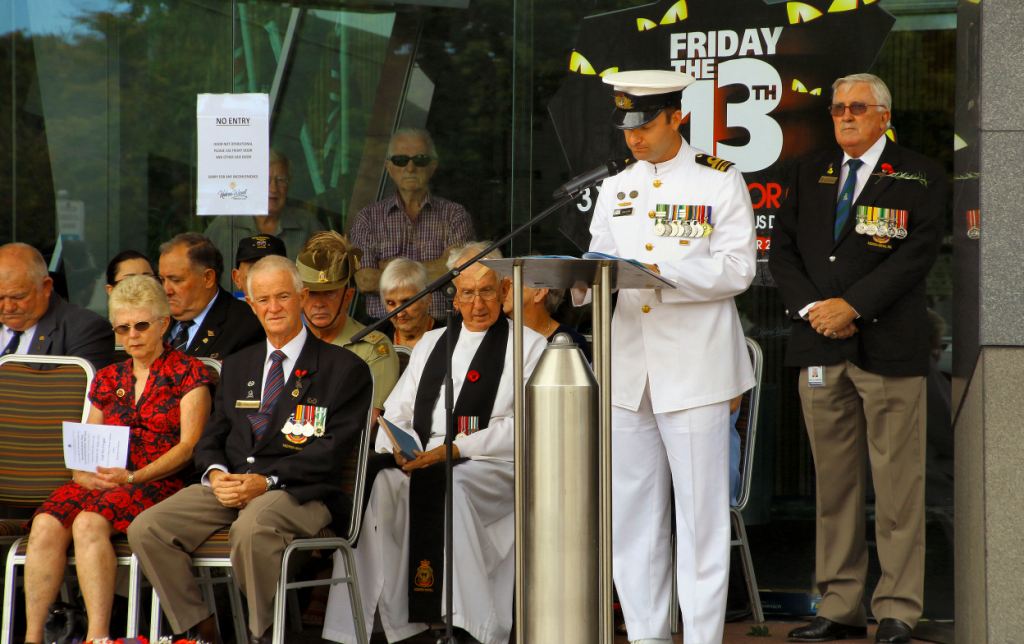
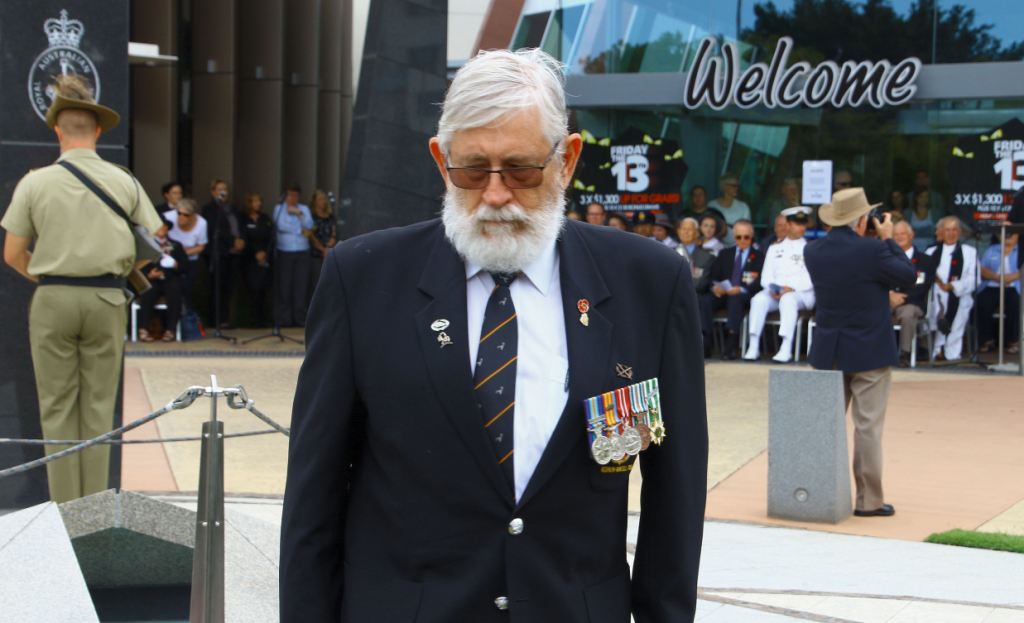
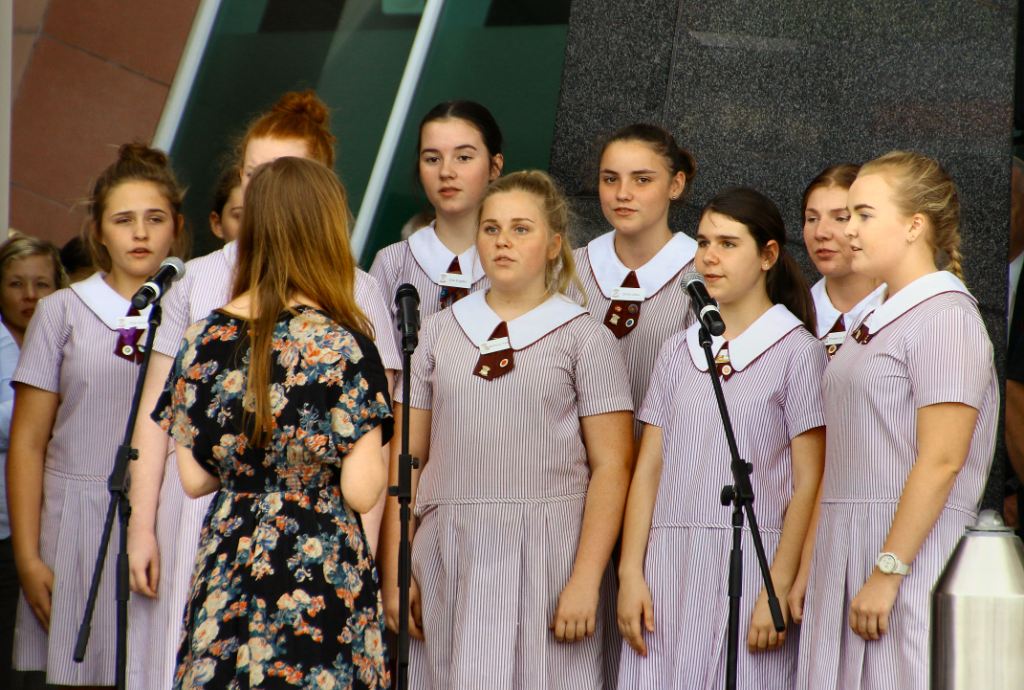

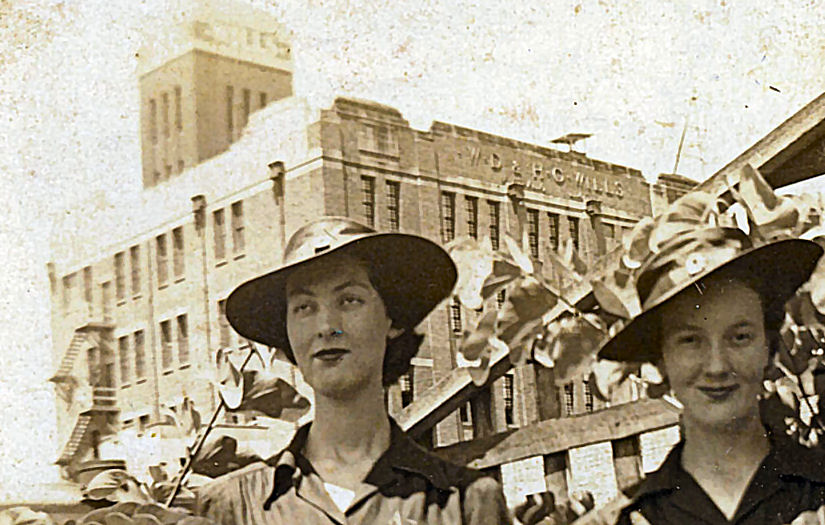

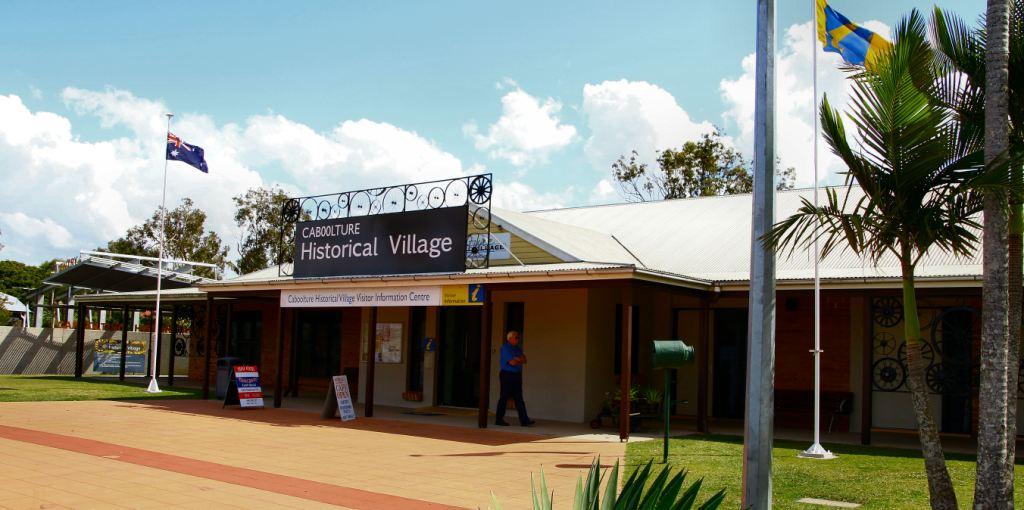 y
electric suburban train and a six lane highway and being only about
30 mins away is considered a northern suburb of Brisbane and a
sought after destination for home owners. Today it has a population
of about 60,000.
y
electric suburban train and a six lane highway and being only about
30 mins away is considered a northern suburb of Brisbane and a
sought after destination for home owners. Today it has a population
of about 60,000.